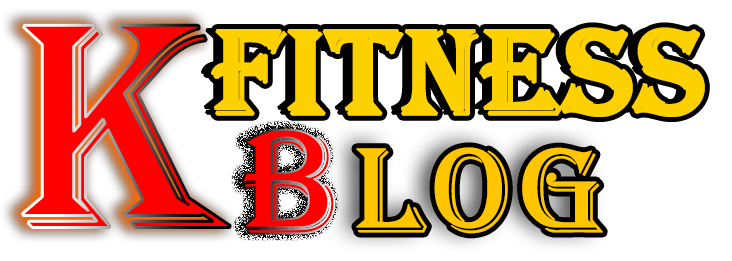Muscle injuries are a common setback for many, often resulting from physical activity, sports, or even everyday movements. Among these injuries, a torn calf muscle can be particularly painful and limiting. In this article, we delve into the details of a torn calf muscle – its causes, symptoms, treatment, and recovery strategies – to help you understand how to navigate this injury on the path to healing.
Understanding a Torn Calf Muscle
Anatomy of the Calf Muscle: The calf muscle is composed of two main muscles: the gastrocnemius and the soleus. These muscles work in tandem to facilitate movements like walking, running, and jumping.
Torn Calf Muscle: A torn calf muscle, often referred to as a calf strain, occurs when muscle fibers in the calf are overstretched or torn. It’s classified into three grades: Grade 1 (mild), Grade 2 (moderate), and Grade 3 (severe).
Read Also: Unveiling Flexibility A Guide to Effectively Stretching the Psoas Muscle
Causes and Risk Factors
- Sudden Movements: Quick acceleration, changes in direction, or abrupt stops can strain the calf muscles.
- Insufficient Warm-Up: Not properly warming up before physical activity can increase the risk of muscle injuries.
- Muscle Fatigue: Overexertion or working out with fatigued muscles can make them more susceptible to strains.
Symptoms of a Torn Calf Muscle
- Pain: Sharp pain in the calf, ranging from mild to severe depending on the grade of the tear.
- Swelling: Swelling and tenderness in the affected area.
- Bruising: Bruising may appear a few days after the injury due to blood pooling in the torn tissue.
Treatment and Recovery
- R.I.C.E.: Rest, Ice, Compression, and Elevation are essential in the initial stages to reduce pain and swelling.
- Anti-Inflammatory Medication: Over-the-counter pain relievers and anti-inflammatory medication can help manage pain and inflammation.
- Physical Therapy: Gentle stretches and exercises prescribed by a physical therapist can aid recovery and prevent muscle stiffness.
- Gradual Return to Activity: As the calf heals, gradually reintroduce activities and exercises under professional guidance.
Prevention Tips
- Proper Warm-Up: Always warm up before engaging in physical activities to prepare muscles for exertion.
- Regular Stretching: Incorporate calf stretches into your routine to maintain flexibility and reduce the risk of injury.
- Adequate Rest: Allow sufficient time for rest and recovery between intense workouts.
When to Seek Medical Attention
While mild calf strains can often be managed with rest and self-care, seek medical attention if:
- Pain is severe or doesn’t improve after a few days.
- There’s significant swelling, bruising, or an audible “pop” during the injury.
- You experience difficulty walking or bearing weight on the affected leg.
A torn calf muscle can be a painful setback, but with proper care and patience, you can navigate the path to recovery. By understanding the causes, symptoms, and treatment options, you can take informed steps to heal effectively. Remember that listening to your body, following medical advice, and gradually returning to activity are key components of a successful recovery journey.






